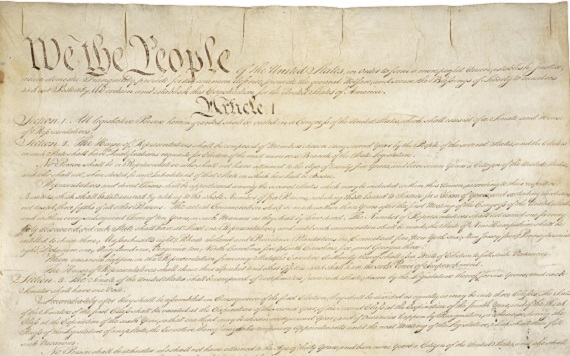
The beginning of the American political order goes much further back than the Philadelphia Convention of 1787. Political scientists and political theorists are understandably fixated on the Constitution and the convention that produced it. Eric Voegelin, Willmoore Kendall, and a few others go even further back searching for a continuity in the political symbolization present in some certain select, but not all, American political documents of the colonial era. Origins and foundings are broader and more complex things than what a selection of documents or the deliberations that one constitution convention can reveal. Any political order is bound up with the cultural, religious, social and political ethos and eidos of a people and their society. In the American experience, there was not one founding but thirteen and these “foundings” took place over a period of slightly more than a century. Present in these thirteen political orders were powerful commonalities and significant differences among each of the thirteen distinct societies. What is the most significant cooperative action on the part of these thirteen states, the War for Independence, was as much a source of division as it was of unity. All the colonial governments seceded for the British Empire, but only a minority of colonists, one-third if we believe Mr. John Adams, perhaps as low as one-fifth if some scholars are to be believed, favored secession from Great Britain. A plurality just wanted the war to go away. Of course, this is not important, unless one is in the habit of introducing your constitution with the phrase, “We the People . . ..”
More @ The Abbeville Institute

No comments:
Post a Comment